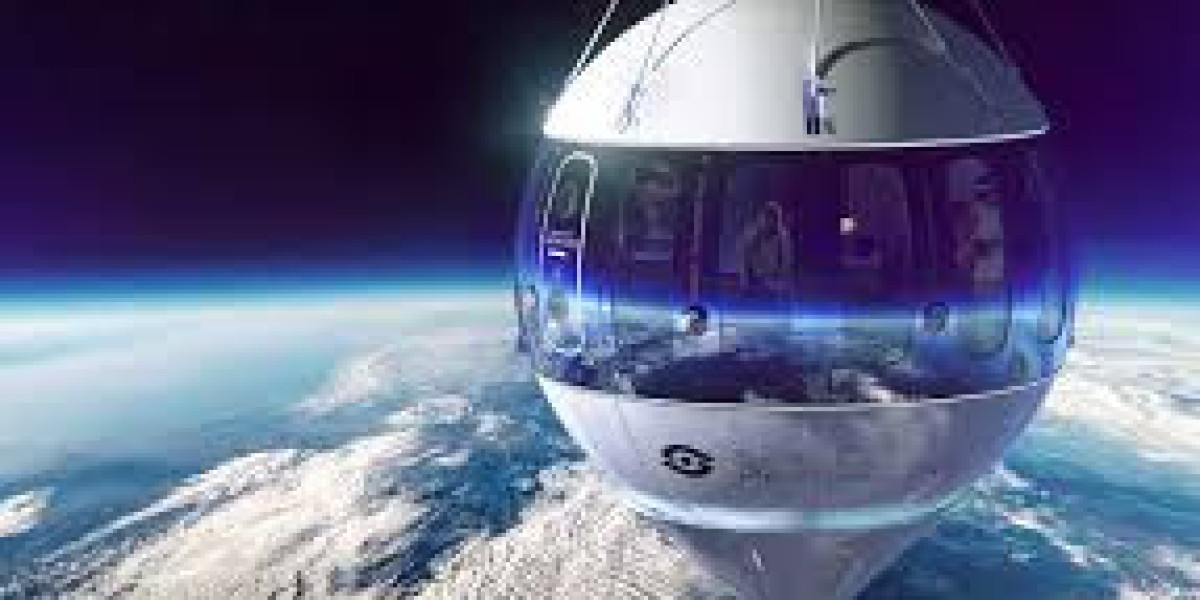But have you ever wondered how autofocus cameras actually work? In this blog post, we'll delve into the inner workings of autofocus cameras, including autofocus USB cameras, and explore the magic behind their ability to focus quickly and accurately.
Understanding Autofocus Technology
At the heart of every autofocus camera lies a sophisticated autofocus system designed to ensure precise focusing of images. This system typically consists of various components, including sensors, actuators, and algorithms, all working together seamlessly to achieve optimal focus.
Phase Detection Autofocus (PDAF)
One of the most common autofocus technologies used in cameras is phase detection autofocus (PDAF). In PDAF systems, the camera splits incoming light rays into two separate paths and compares them to determine focus. By analyzing the phase difference between these light rays, the camera can quickly and accurately adjust the focus to achieve sharp images.
Contrast Detection Autofocus (CDAF)
Another popular autofocus technology is contrast detection autofocus (CDAF). Unlike PDAF, which relies on phase differences, CDAF measures the contrast between adjacent pixels in the image to determine focus. By analyzing changes in contrast, the camera can accurately adjust the focus until the image reaches maximum sharpness.
Hybrid Autofocus Systems
Many modern autofocus cameras feature hybrid autofocus systems that combine the strengths of both PDAF and CDAF. These hybrid systems offer superior focusing performance across a wide range of shooting scenarios, including still subjects and fast-moving action. By leveraging the strengths of both technologies, hybrid autofocus cameras can achieve faster and more accurate focus in various lighting conditions.
Autofocus Actuators
In addition to autofocus algorithms and sensors, autofocus cameras also utilize autofocus actuators to physically adjust the lens position for focusing. These actuators come in various forms, including voice coil motors (VCMs), stepper motors, and piezoelectric actuators. Depending on the camera's design and specifications, different types of actuators may be used to achieve precise and rapid focus adjustments.
Autofocus USB Cameras
Autofocus USB cameras offer the convenience of plug-and-play functionality, making them ideal for a wide range of applications, including video conferencing, live streaming, and industrial imaging. These cameras utilize autofocus technology to ensure that images remain sharp and clear, even in dynamic environments. With autofocus USB cameras, users can enjoy the benefits of autofocus technology without the need for a dedicated camera body.
Conclusion
In conclusion, autofocus cameras rely on sophisticated technology to achieve precise and rapid focus adjustments, ensuring that images remain sharp and clear in any shooting scenario. Whether you're a professional photographer or an amateur enthusiast, understanding how autofocus cameras work can help you make the most of this essential tool in your photography arsenal.
So, the next time you pick up your autofocus camera, take a moment to appreciate the intricate technology that makes capturing stunning images possible.








